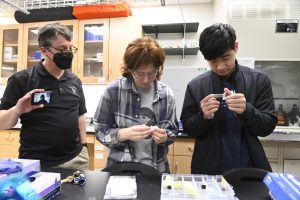
Many of us know about the slew of missions underway to the moon and to Mars. Few are aware, however, of the handful of missions planned to our next-door planetary neighbor: Venus.
Located some 38 million miles from Earth, Venus is the hottest planet in our solar system, with a greenhouse effect that traps heat to such an extent that average temperatures are a stifling 870 degrees Fahrenheit. Humans cannot survive amid this inferno, yet scientists suspects the planet “may have been the first habitable world in the solar system, complete with an ocean and Earth-like climate,” according to NASA. What happened, then, to alter the course of our cosmic neighbor so drastically?